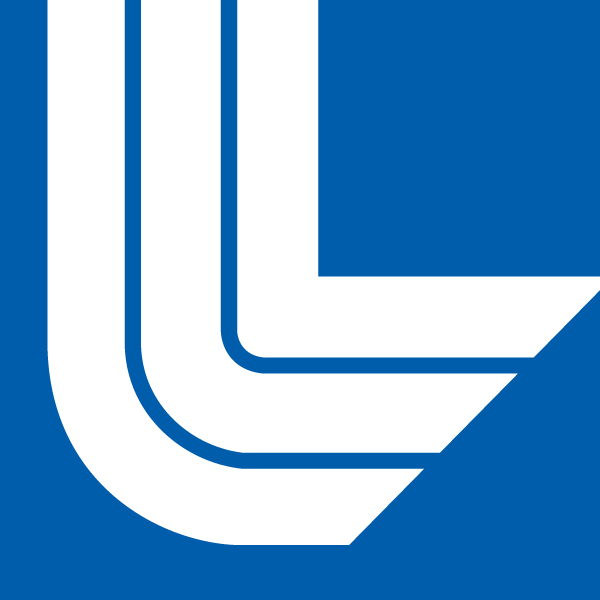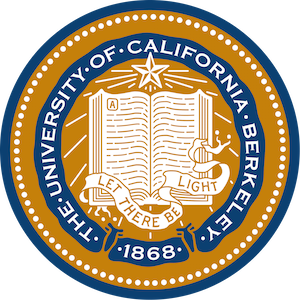Details
 American Museum of Natural History (AMNH): AMNH was leading the design and testing of GPI’s apodized-pupil Lyot coronagraph and part of the EPO.
American Museum of Natural History (AMNH): AMNH was leading the design and testing of GPI’s apodized-pupil Lyot coronagraph and part of the EPO.
 Arizona State University: This university is hosting a team in charge of the target selection
Arizona State University: This university is hosting a team in charge of the target selection
![]() Dunlap Institute of the University of Toronto: The team at Dunlap Institute is providing its expertise in data-processing
Dunlap Institute of the University of Toronto: The team at Dunlap Institute is providing its expertise in data-processing
![]() Gemini Observatory: Gemini Observatory is leading the on-sky commissioning of the GPI instrument
Gemini Observatory: Gemini Observatory is leading the on-sky commissioning of the GPI instrument
![]() Herzberg Institute of Astrophysics (HIA): Canada’s Herzberg Institute was responsible for the opto-mechanical structure (OMSS) of GPI and the top-level computer (TLC) that connects the subsystems to each other and the observatory. HIA is also collaborating on control algorithms for the AO system.
Herzberg Institute of Astrophysics (HIA): Canada’s Herzberg Institute was responsible for the opto-mechanical structure (OMSS) of GPI and the top-level computer (TLC) that connects the subsystems to each other and the observatory. HIA is also collaborating on control algorithms for the AO system.
![]() Jet Propulsion Laboratory (JPL): JPL was responsible for the precision infrared wavefront-calibration system.
Jet Propulsion Laboratory (JPL): JPL was responsible for the precision infrared wavefront-calibration system.
 Lawrence Livermore National Laboratory (LLNL): LLNL is the lead institution for the GPI instrument, responsible for the overall design and project management, and the real-time adaptive optics system.
Lawrence Livermore National Laboratory (LLNL): LLNL is the lead institution for the GPI instrument, responsible for the overall design and project management, and the real-time adaptive optics system.
![]() Lowell Observatory:The team at Lowell Observatory is providing its expertise in modeling exoplanet atmospheres
Lowell Observatory:The team at Lowell Observatory is providing its expertise in modeling exoplanet atmospheres
![]() NASA Ames: NASA Ames is co-leading the theory effort of the campaign by developing and providing models of exoplanets.
NASA Ames: NASA Ames is co-leading the theory effort of the campaign by developing and providing models of exoplanets.
![]() SETI Institute: The SETI Institute is co-leading the Education and Public Outreach effort and in charge of setting up and maintaining the remote control room facility. SETI Institute is the lead institution for the GPIES campaign
SETI Institute: The SETI Institute is co-leading the Education and Public Outreach effort and in charge of setting up and maintaining the remote control room facility. SETI Institute is the lead institution for the GPIES campaign
![]() STSCI:The Space telescope Institute is providing the data analysis pipeline to extract planetary signals from GPI data
STSCI:The Space telescope Institute is providing the data analysis pipeline to extract planetary signals from GPI data
![]() Universite de Montreal: University de Montreal is providing the data analysis pipeline to extract planetary signals from GPI data, and collaborated with UCLA on the design of the spectrograph.
Universite de Montreal: University de Montreal is providing the data analysis pipeline to extract planetary signals from GPI data, and collaborated with UCLA on the design of the spectrograph.
 University of California, Berkeley (UCB): Several science team members are hosted at this university
University of California, Berkeley (UCB): Several science team members are hosted at this university
![]() University of California, Los Angeles (UCLA): The Infrared Instrumentation Laboratory was responsible for the construction of the GPI science instrument, a near-IR integral field spectrograph and the science team provides expertise in debris disk imaging and polarimetry
University of California, Los Angeles (UCLA): The Infrared Instrumentation Laboratory was responsible for the construction of the GPI science instrument, a near-IR integral field spectrograph and the science team provides expertise in debris disk imaging and polarimetry
![]() University of California, Santa Cruz (UCSC): GPI integration and testing has been taken place since 2010 at the UC Santa Cruz Laboratory for Adaptive Optics. A team is providing its expertise in modeling exoplanet atmospheres
University of California, Santa Cruz (UCSC): GPI integration and testing has been taken place since 2010 at the UC Santa Cruz Laboratory for Adaptive Optics. A team is providing its expertise in modeling exoplanet atmospheres
![]() University of Georgia: This university is hosting a team in charge of the target selection
University of Georgia: This university is hosting a team in charge of the target selection

